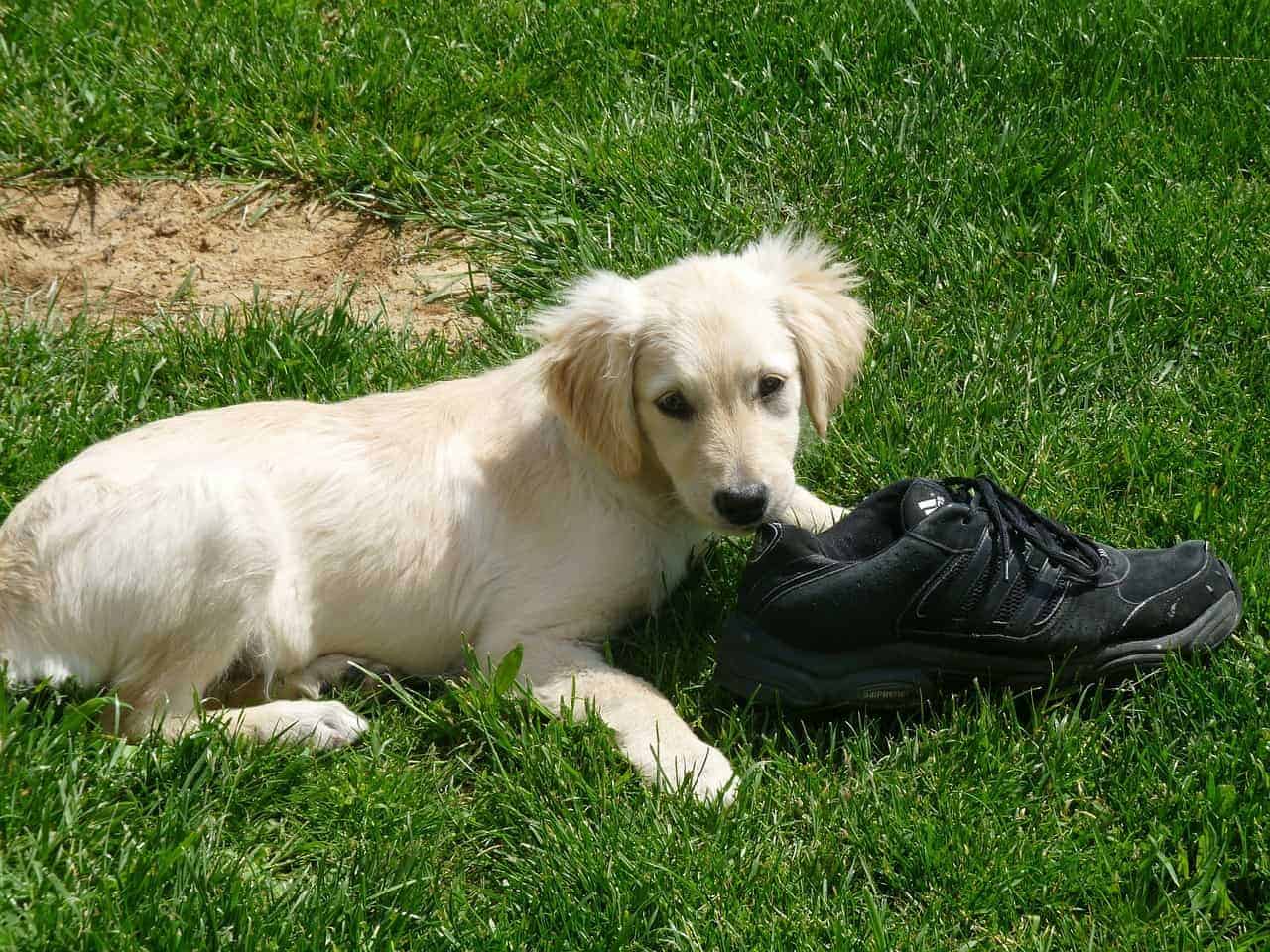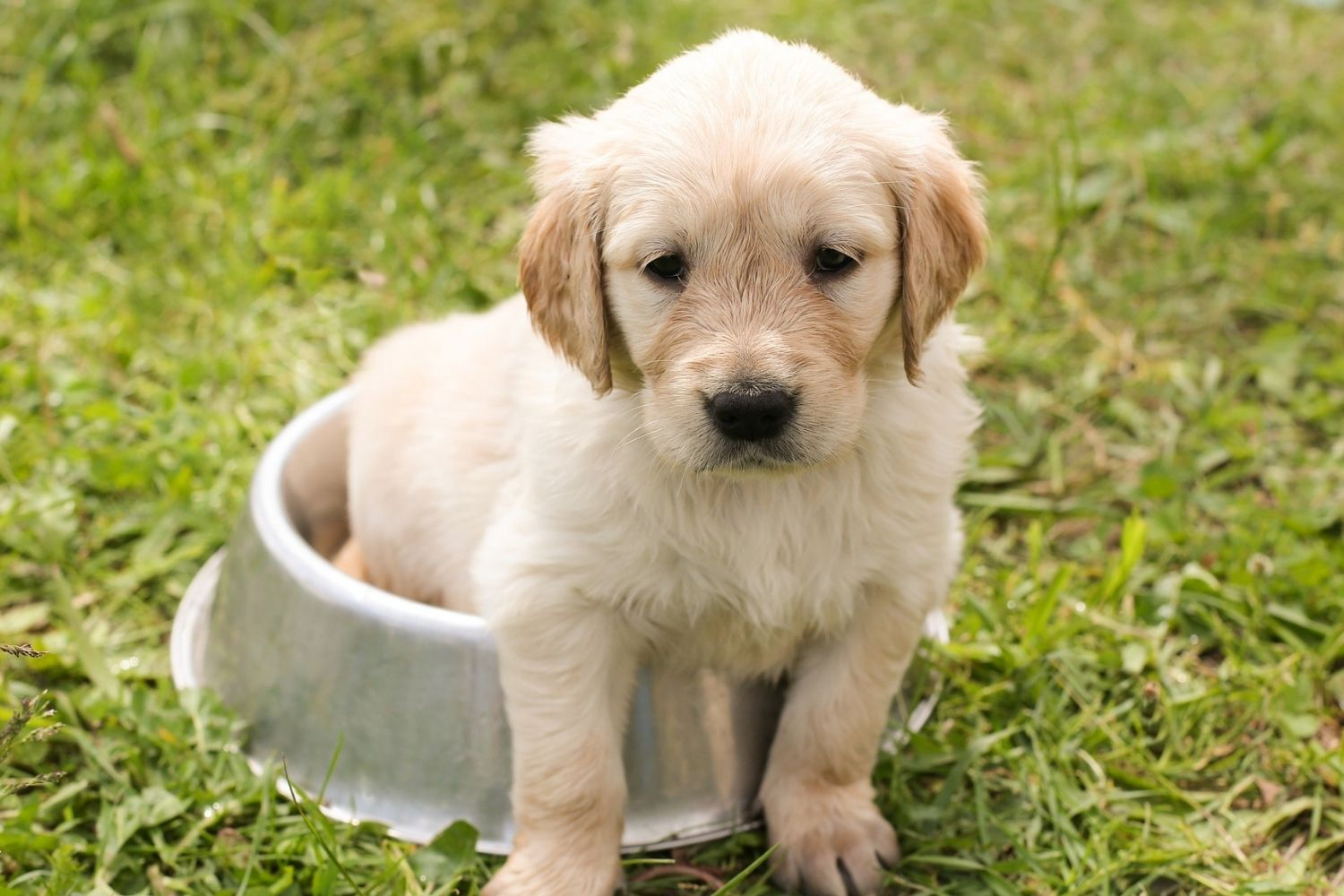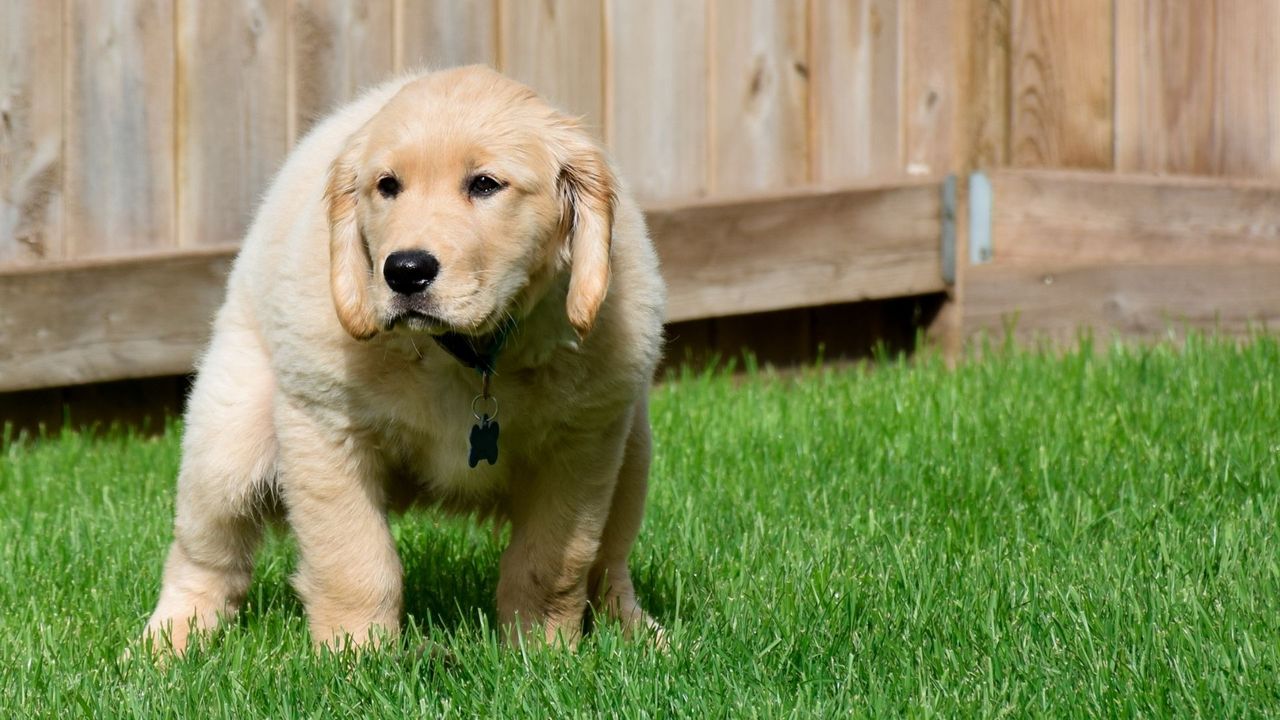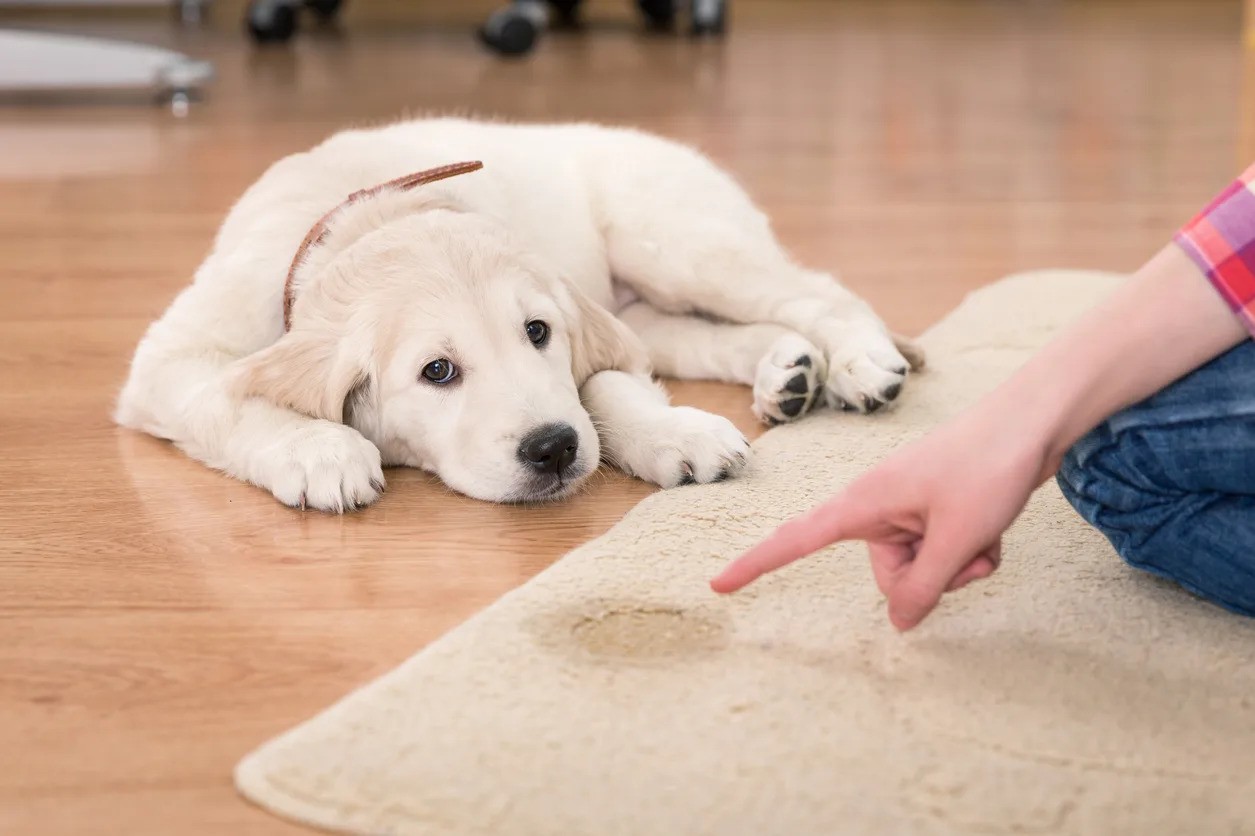Bringing home a Goldie is an exciting experience filled with cuddles, playtime, and countless photo opportunities. However, one of the first and most crucial challenges you’ll face is potty training. While these pups are known for their intelligence and eagerness to please, successful house training requires patience, consistency, and the right approach. This comprehensive guide will walk you through everything you need to know about Golden Retriever potty training for your puppy.
Understanding Your Golden Retriever Puppy’s Needs

Before diving into training techniques, it’s essential to understand your puppy’s natural patterns and capabilities. Young Golden Retriever puppies typically need to relieve themselves every 1-2 hours. This frequency is due to their small bladders and developing muscle control. Your puppy will likely need potty breaks after waking up, eating, drinking, and playing. Understanding these patterns helps you anticipate their needs and prevent accidents.
Most Golden Retriever puppies gain full bladder control between 4-6 months of age. However, every puppy develops at their own pace, so it’s important to remain patient and consistent throughout the training process.
Remember that your puppy isn’t having accidents out of spite or stubbornness; they are simply learning to understand their body’s signals and your expectations.
Setting Up for Success: The Foundation of Potty Training
Success in potty training starts with creating the right environment and establishing a consistent routine. Begin by selecting a specific outdoor spot for your puppy’s bathroom area. This spot should be easily accessible and relatively quiet, allowing your puppy to focus on the task at hand without distractions.
Indoor preparation is equally important. Consider setting up a specific area or room where your puppy spends most of their time initially. This space should be puppy-proofed and equipped with easy-to-clean flooring. Using a playpen or baby gates can help manage your puppy’s movement while they’re learning bladder control.
Keep in mind that restricting space initially isn’t about punishment – it’s about setting your puppy up for success by preventing accidents and establishing good habits.
The Essential Steps of Golden Retriever Potty Training
Start your potty training journey by establishing a consistent feeding schedule. Regular meal times lead to regular bathroom times, making it easier to predict when your puppy needs to go. Make sure to choose a high-quality food for your Golden Retriever pups to prevent digestive issues that might result in unwanted potty mishaps. Remove water about two hours before bedtime to help prevent nighttime accidents, but always ensure your puppy has access to fresh water during the day.
Create a command word or phrase specifically for potty time, such as “go potty” or “do your business.” Use this command consistently when taking your puppy to their designated spot. Over time, they’ll associate the command with the action, making it easier to communicate your expectations.
Watch for signs that your puppy needs to relieve themselves. Common indicators include circling, sniffing the ground intently, whining, or scratching at doors. When you notice these signs, immediately take your puppy to their designated spot. Quick response times help your puppy understand where they should go and prevent accidents.
Positive Reinforcement: The Key to Success

All dogs, especially smart breeds like Golden Retrievers, response quickly to positive reinforcement. When your puppy successfully uses their designated bathroom spot, celebrate with praise, treats, and excitement. This positive association encourages them to repeat the desired behavior. Choose small, easily digestible treats that can be given immediately after your puppy finishes, as timing is crucial for establishing the connection between the action and reward.
However, avoid punishing accidents. Rubbing your puppy’s nose in messes or scolding them after the fact doesn’t help with training and can damage your relationship. Instead, if you catch your puppy in the act, calmly interrupt them and take them to their designated spot. Clean any accidents thoroughly with an enzymatic cleaner to remove odors that might attract your puppy back to the same spot.
Establishing a Routine
A consistent daily routine is crucial for successful potty training. Take your puppy out at regular intervals throughout the day, especially during these key times:
- Immediately after waking up in the morning or from naps
- Within 15-30 minutes after eating or drinking
- After play sessions or exercise
- Before bedtime
- During the night (for young puppies)
During these outings, remain patient and give your puppy time to explore their designated area. Sometimes puppies need a few minutes to get comfortable before relieving themselves. Stay with them until they’re finished to ensure you can reward them immediately.
Common Challenges and Solutions
Even with perfect planning, you’ll likely encounter some challenges during the potty training process. One common issue is regression, where a previously well-trained puppy starts having accidents again. This often happens during times of stress, change in routine, or when your puppy is experiencing growth spurts. Stay consistent with your training approach and adjust your schedule if needed.
Weather can also present challenges, especially with Golden Retrievers who may be sensitive to rain or cold. Create positive associations with going outside in different weather conditions by using extra-special treats and praise. You might also consider setting up a covered area to provide some shelter during bathroom breaks.
Advanced Training Tips

Once your Golden Retriever understands the basics of where to go, you can start teaching them to signal when they need to go out. Many owners use bells hung by the door, teaching their puppy to nudge them when they need a bathroom break. This communication method can be particularly helpful as your puppy grows older and gains more bladder control.
Consider keeping a log of your puppy’s bathroom habits during the first few weeks of training. Note the times of accidents and successful potty breaks to identify patterns and adjust your schedule accordingly. This information can be invaluable for preventing accidents and understanding your puppy’s individual needs.
When to Seek Help
While most Golden Retrievers respond well to consistent potty training, some situations might require professional assistance. If your puppy shows signs of anxiety, fear, or continues having frequent accidents despite following a consistent routine, consult with your veterinarian. Sometimes, what appears to be a training issue could be related to a health issue that needs attention.
Final Thoughts
Golden Retriever potty training requires patience, consistency, and understanding. Remember that every puppy learns at their own pace, and accidents are a normal part of the learning process. Select the best Golden Retriever food for gut health, stay positive, maintain your routine, and celebrate the small victories along the way. With time and dedication, your Golden Retriever will master this important life skill, leading to a happier relationship between you and your furry friend.
The most important thing to remember is that successful potty training isn’t just about teaching your puppy where to go; it’s about building trust, communication, and a strong foundation for all future training. Keep your expectations realistic, stay consistent with your approach, and remember that this challenging phase is temporary. Before you know it, your Golden Retriever will be fully house trained and ready to enjoy life as a well-mannered family member.

With years of expertise as a pet care writer, I’ve acquired a specific interest in Golden Retrievers, who are one of the most popular and beloved dog breeds. Although I do not own a Golden Retriever, my extensive study and talks with pet professionals enable me to offer useful and reliable articles for dog owners. My work on this website covers important areas such as diet, grooming, and training for Golden Retrievers. My goal is to provide readers with the information they need to keep their dogs healthy and happy.


